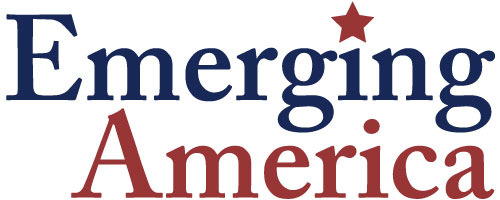Visually rich history published by Guy McLain, Director of the Lyman and Merrie Wood Museum of Springfield History. Provides a rare glimpse into the evolution and history of western Massachusetts. Topics explored include European Settlement of the Valley, the Revolution and Shays’ Rebellion, Development of Transportation and Trade in the Valley, and Expansion of Business and Industry.

UPDATED WITH NEW RESOURCES - This lesson uses primary sources to explore one of the most remarkable cultural meetings in history: Spanish sponsored Italian explorer Christopher Columbus and the Native Americans from the Taino population in the Caribbean. Two key primary sources in this lesson are a letter from Columbus to the King and Queen of Spain and a 1562 map of European attitudes toward…

In the following lesson plan, students will look at the way in which events are reported on in history and how bias in the media affects peoples’ understanding of current events and history by analyzing both modern and historical newspaper articles. Throughout this unit, students will read and analyze Steinbeck’s Grapes of Wrath in relation to migrant workers and explore the conflict…

In this lesson students are asked to analyze Franklin Delano Roosevelt’s First Inaugural Address and to compare the promises made to his later work as president. Students will use a graphic organizer to list three of FDR’s promises in the speech and then use secondary resources to research whether he fulfilled those promises. This lesson is the first lesson within a mini-unit in which students…

This two day lesson uses the Declaration of Rights and Sentiments from the 1848 Seneca Falls Convention and the 19th Amendment to the Constitution to assess the efficacy of the Women’s Rights Movement of the 19th century. Using the grievances from the Declaration establishes some understanding of women’s rights prior to 1848. Students will engage in class discussion to determine the progress…

